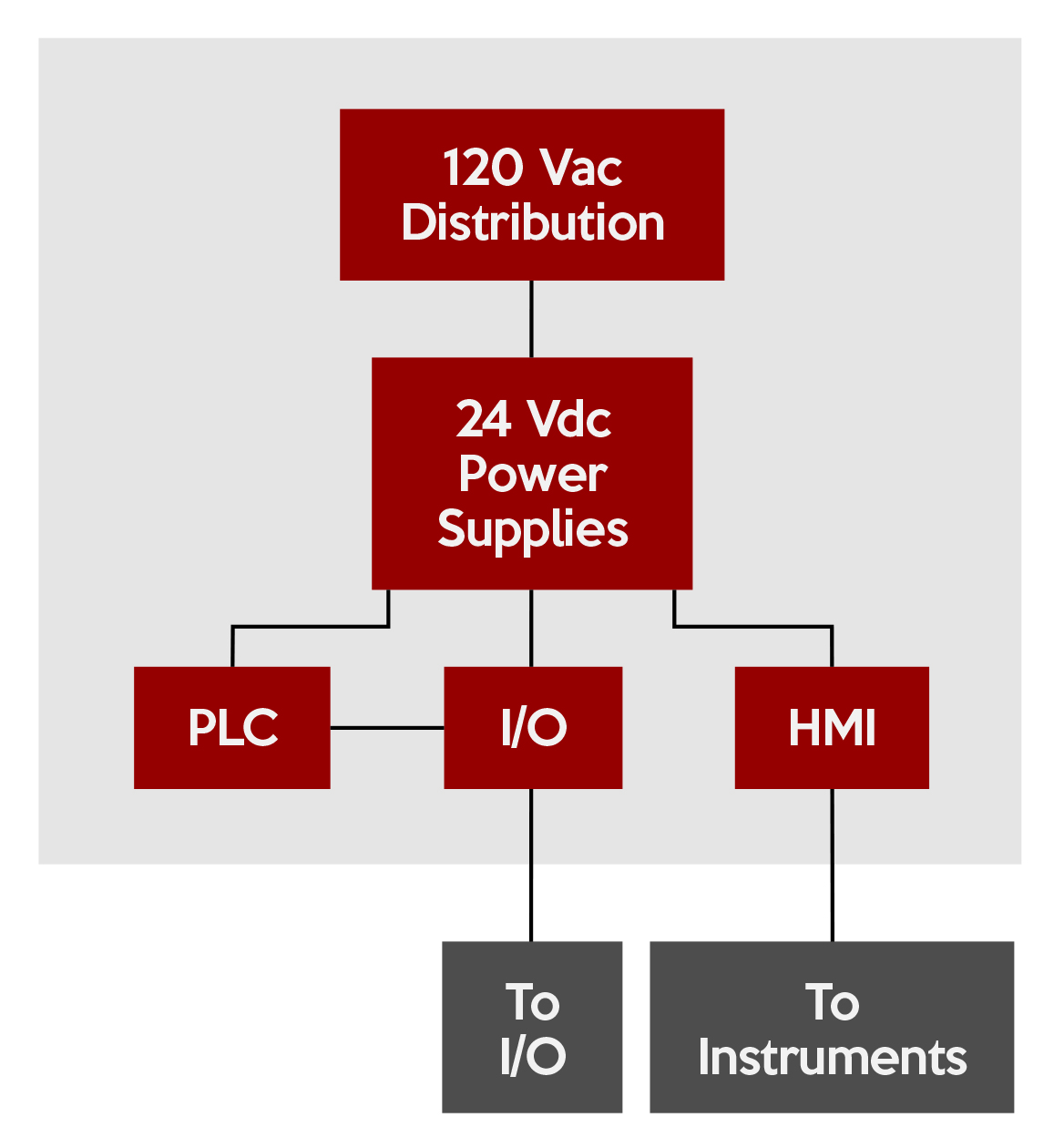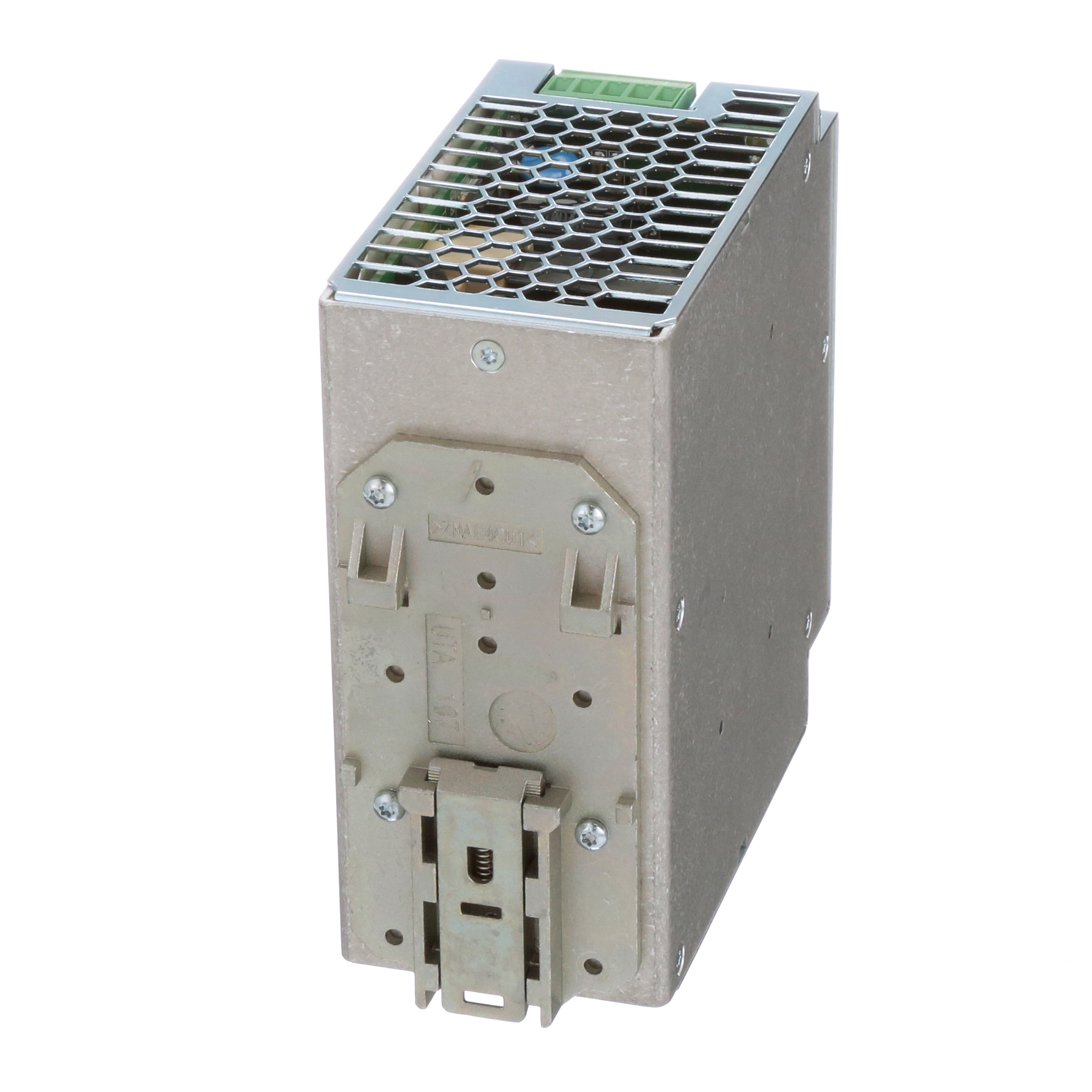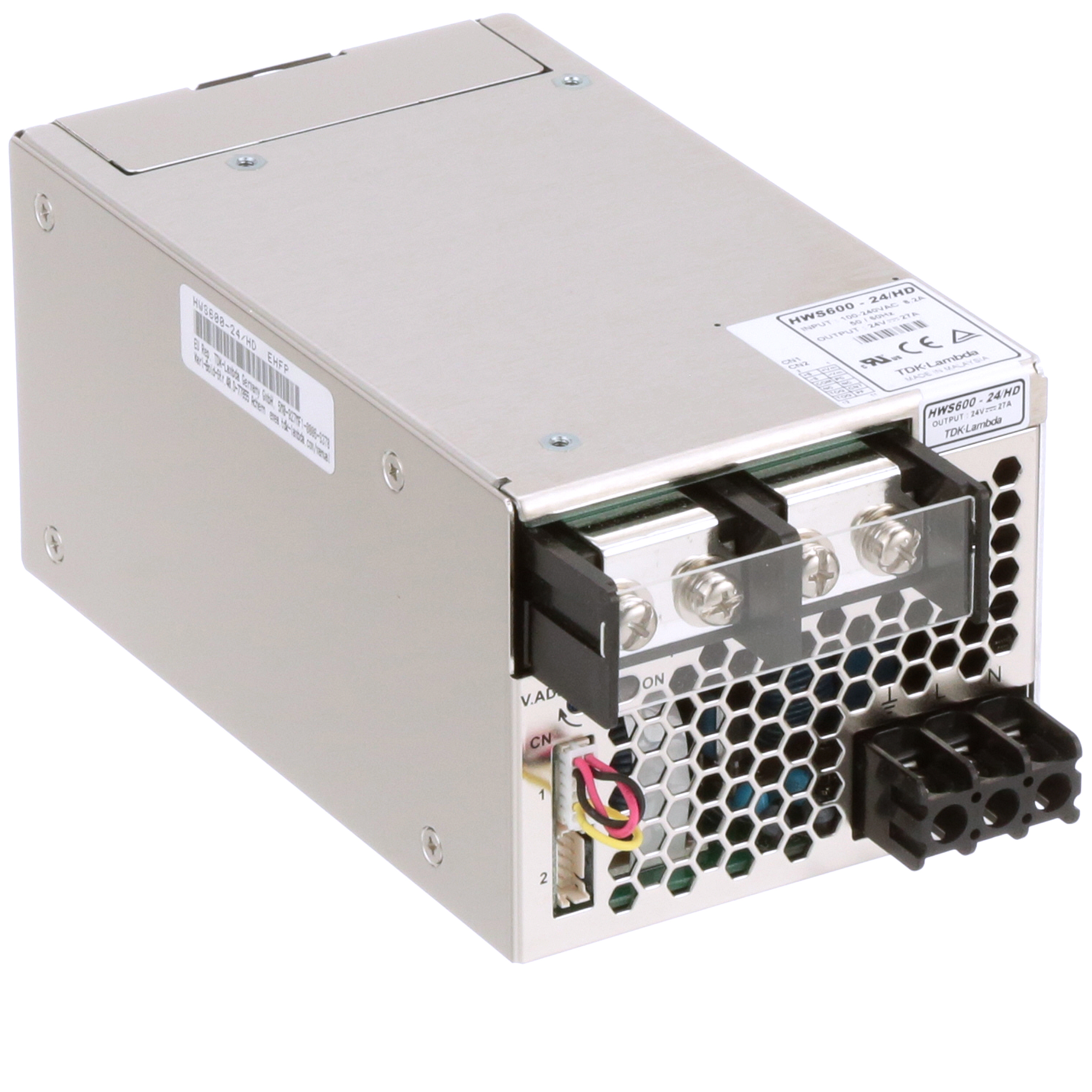Industrial control panels, automation systems and instruments commonly use 24 Vdc as the control voltage for safety and performance reasons.
Industrial control panels can, and sometimes do, use many different signaling voltages ranging from 480 Vac down to 24 Vac, and 110 Vdc down to 5 Vdc, with occasional designs using voltages outside these ranges. A previous article discussed general power distribution in control panels, and this one will cover DC power.
Higher voltages result in lower current flows, which means thinner gauge wire can be used. On the other hand, lower voltages are safer for workers, require less insulation and allow for the use of more compact devices.
This article discusses why 24 Vdc is such a popular industrial control panel signaling voltage, and how power supplies can be implemented for reliable control circuits. However, the power supply concepts apply to other voltages and applications.
What are Common Control Voltages?
Control voltages are often chosen based on what is common for an application or industry. Basic hardwired controls such as on/off switches and lights may use 120 Vac because it is a readily available voltage at almost all North American sites. Some older motor control panels may use 480 Vac or 277 Vac for hardwired controls because those voltages were available right from the power phases with no transformation needed. Large switchgear may use 110 Vdc generated from battery banks so the switchgear can still operate during a blackout. On-vehicle applications favor 12 Vdc and other battery-friendly voltages, and building HVAC systems traditionally use 24 Vac supplied by small transformers.

While some automation devices can work with many different voltages, designers will find that most control system components such as PLCs, HMIs, smart relays, I/O modules and instruments tend to all accommodate 24 Vdc. This makes 24 Vdc power supplies and distribution a convenient choice for control system designs, but there are other reasons why it’s so widely used.
Why is 24 Vdc Popular for Industrial Control Panels?
Users find that 24 Vdc is popular for many reasons:
- Safety: Personnel are less likely to be shocked at this voltage.
- Regulatory: NFPA 70E and OSHA consider 50 V and above as hazardous.
- Power delivery: Most automation devices are low power and draw small reasonable currents at 24 Vdc.
How is 24 Vdc Control Voltage Generated?
Simple and passive transformers are used to transform one AC voltage to another. However, power supplies are needed to rectify AC voltage to a DC voltage. There are also devices called converters for converting one DC voltage to another, but these are far less common. This article only covers DC power supplies.
What Types of 24 Vdc Power Supplies are Available?
The two main families of power supplies are linear and switching. Linear is an older, bulkier and more expensive technology with a very clean or stable DC voltage output with little or no electrical noise or ripple. Linear power supplies are very good for automation purposes and other high-sensitivity applications.
Switching power supplies convert AC to DC using pulse-width modulation (PWM). Early designs had high output electrical noise, but contemporary switching power supplies provide an excellent output in a small form factor with high efficiency, so they are the most popular form of DC power supply.
How are DC Power Supplies Specified?
DC power supplies are rated by the nominal input AC and output DC voltages, the output current in amperes (A) and the effective power rating in watts (W). All power supplies generate heat in operation, therefore the input watts are always higher than the output watts, with the difference being the heat dissipated. This heat in watts can be readily converted to BTUs for thermal calculations if needed to size panel cooling components.
DIN rail mounting options are popular, as are panel-mount, especially for larger versions. Many versions are available in a touch-safe housing. Some DC power supplies must be mounted in a certain orientation for cooling. Certain power supplies may require de-rating if used above a certain temperature, which means users must accept a lesser output current to prevent overheating.
Other DC Power Supply Features and Benefits
Here are some other considerations for using DC power supplies:
- Multiple inputs and outputs: Most power supplies nominally have one input and one output voltage, but some have multiple or selectable voltages, which can help users select and stock fewer devices.
- Adjustable voltage: An adjustment so users can calibrate the output voltage.
- Remote sense: An extra connection allowing the power supply to adjust the voltage as needed to accommodate voltage drop downstream.
- Parallel redundancy: Rated to run in parallel for redundancy reasons, so that if a power supply fails the remaining unit(s) carry the load. Some vendors offer redundancy diode modules for this purpose.
- Load sharing: Rated to run in parallel so several smaller power supplies can carry the load of one larger unit.
- Inrush/boost: Better ability to start up even under heavy loading conditions.
- Protection: Self-protects against over-voltage and over-current conditions.
- NEC Class 2 Current Limiting: Required for open field wiring methods.
- Condition “OK” monitoring: Provides an LED indicator and/or relay contact confirming proper operation.










HI, CAN YOU HELP ME PLEASE.
i need to know what is the correct Hand Tool or Tooling to crimp terminal Part number 66101-3 from Tyco Electronics.
thanks in advance
Thanks for contacting us! If you have questions about an order, need product information, or are looking for a quote, please reach out to us at (866) 433-5722 or email us at customer.service@alliedelec.com.